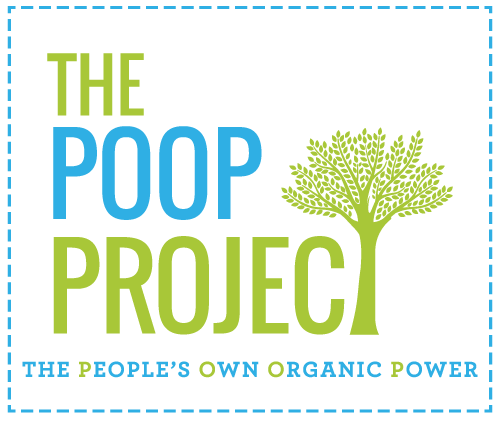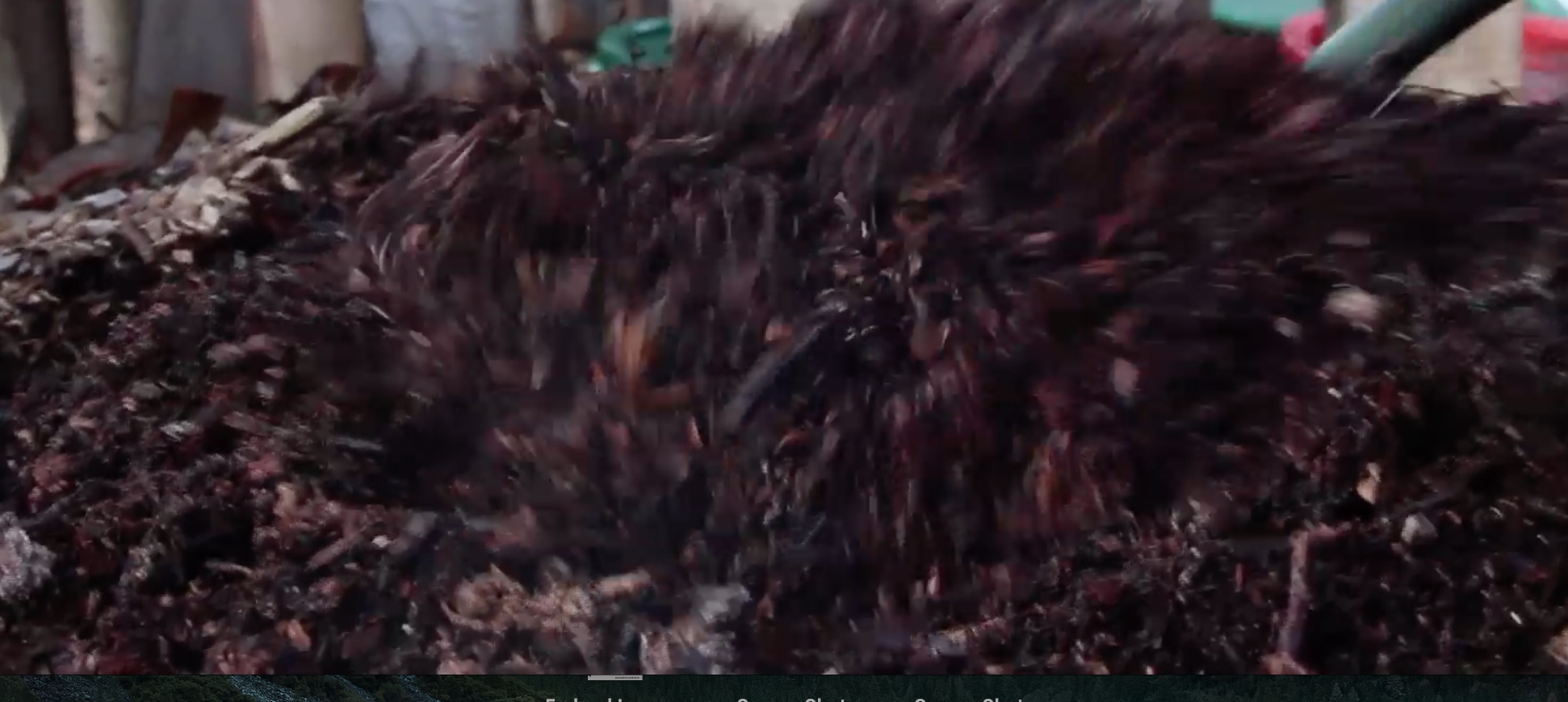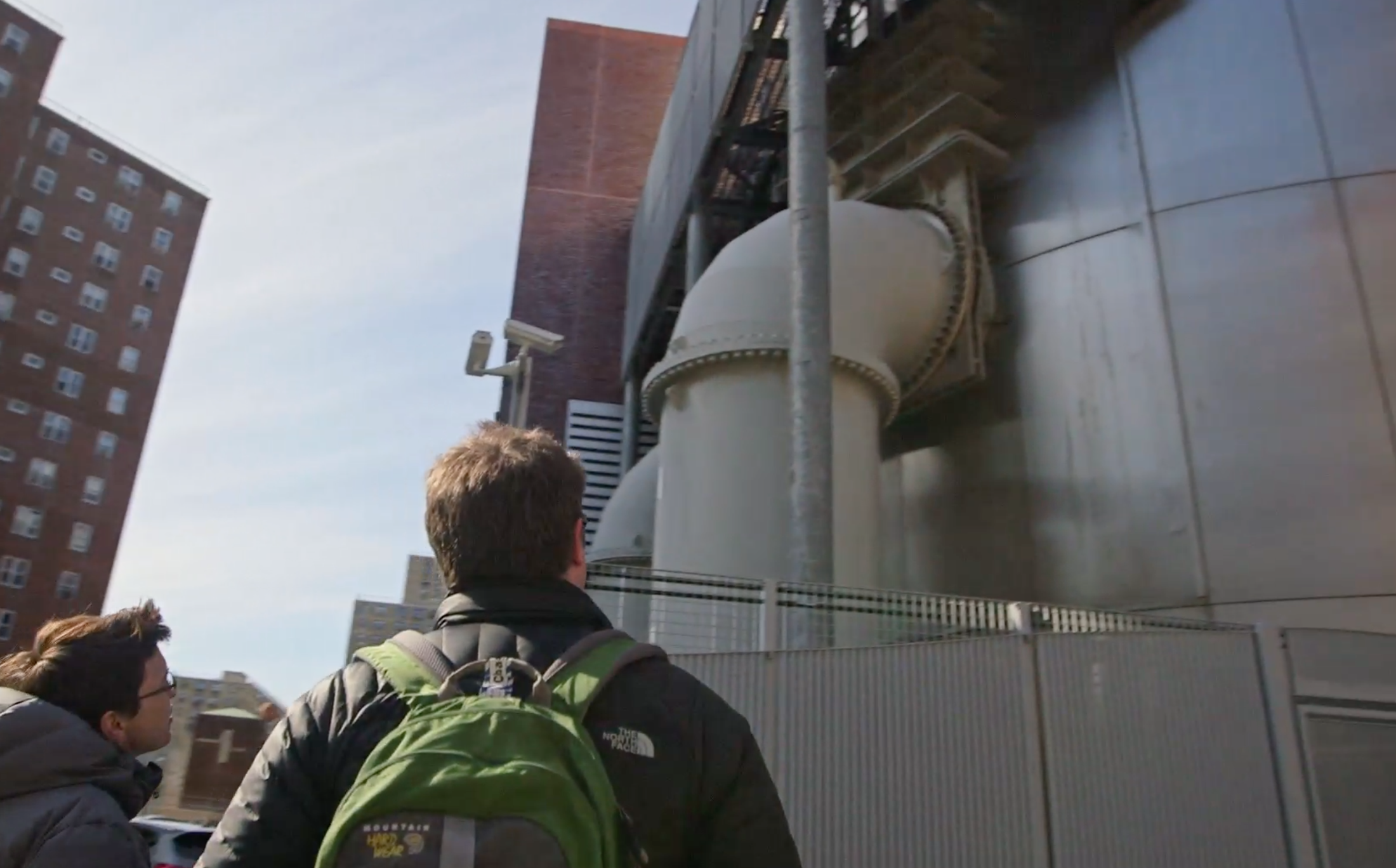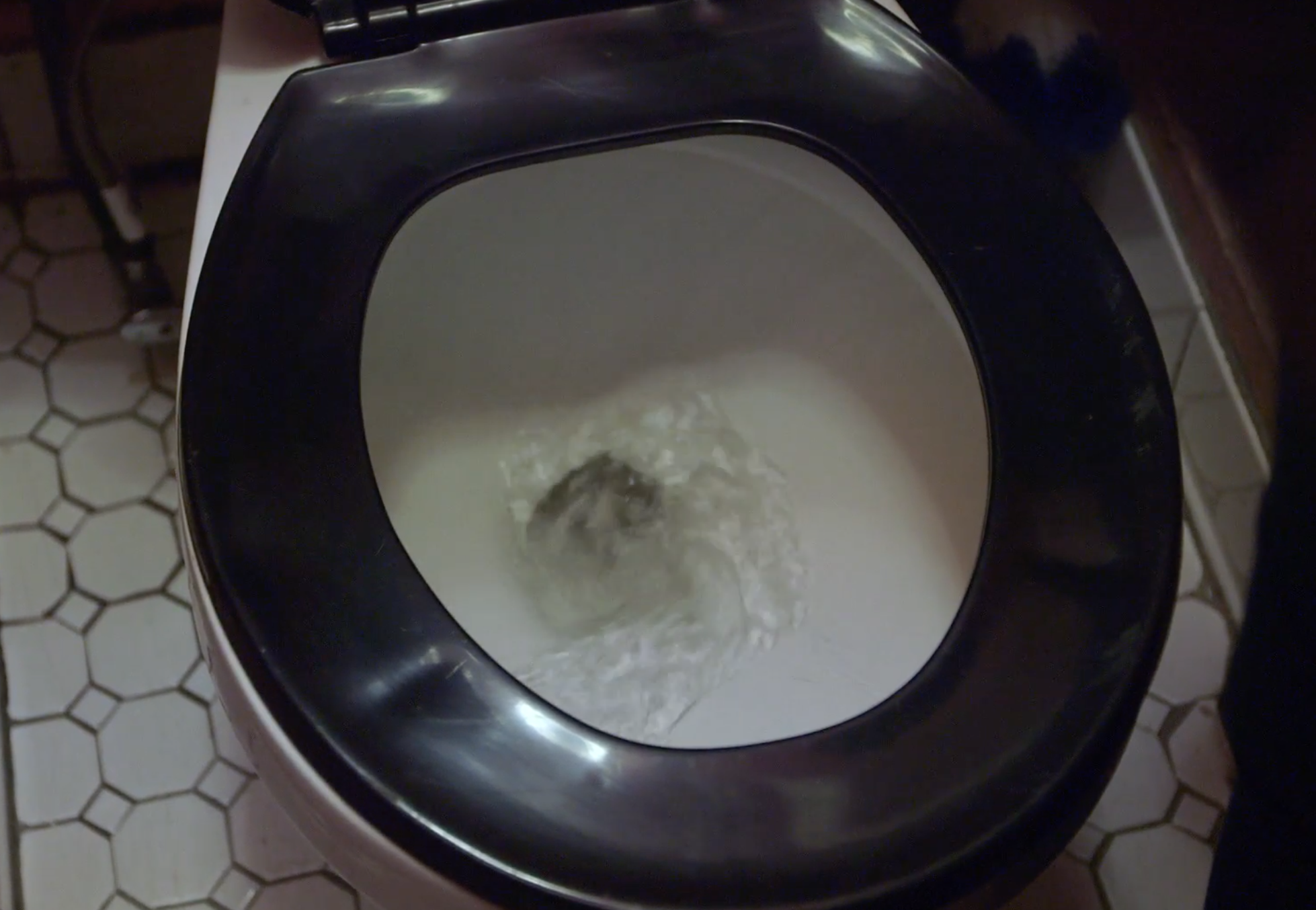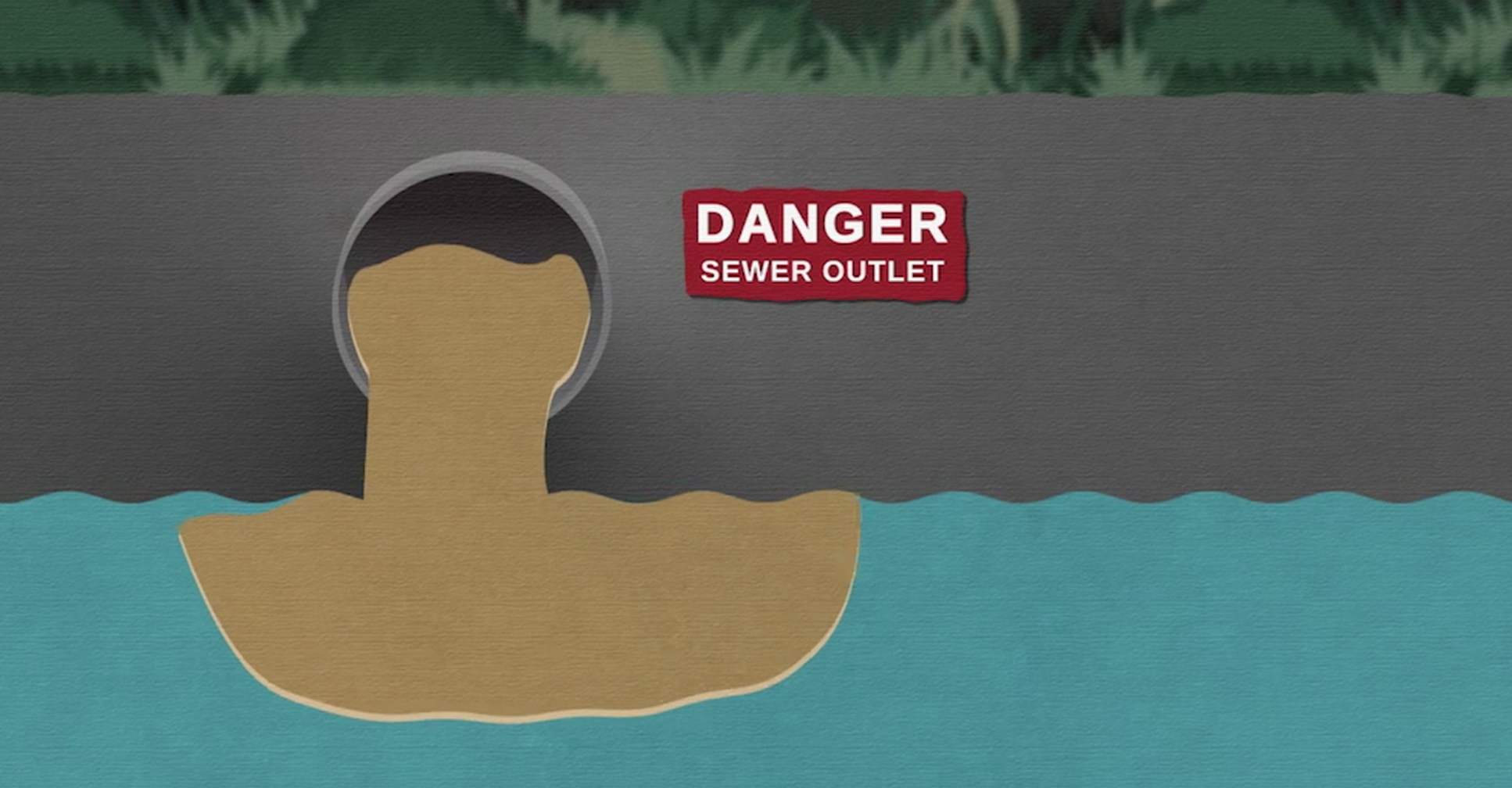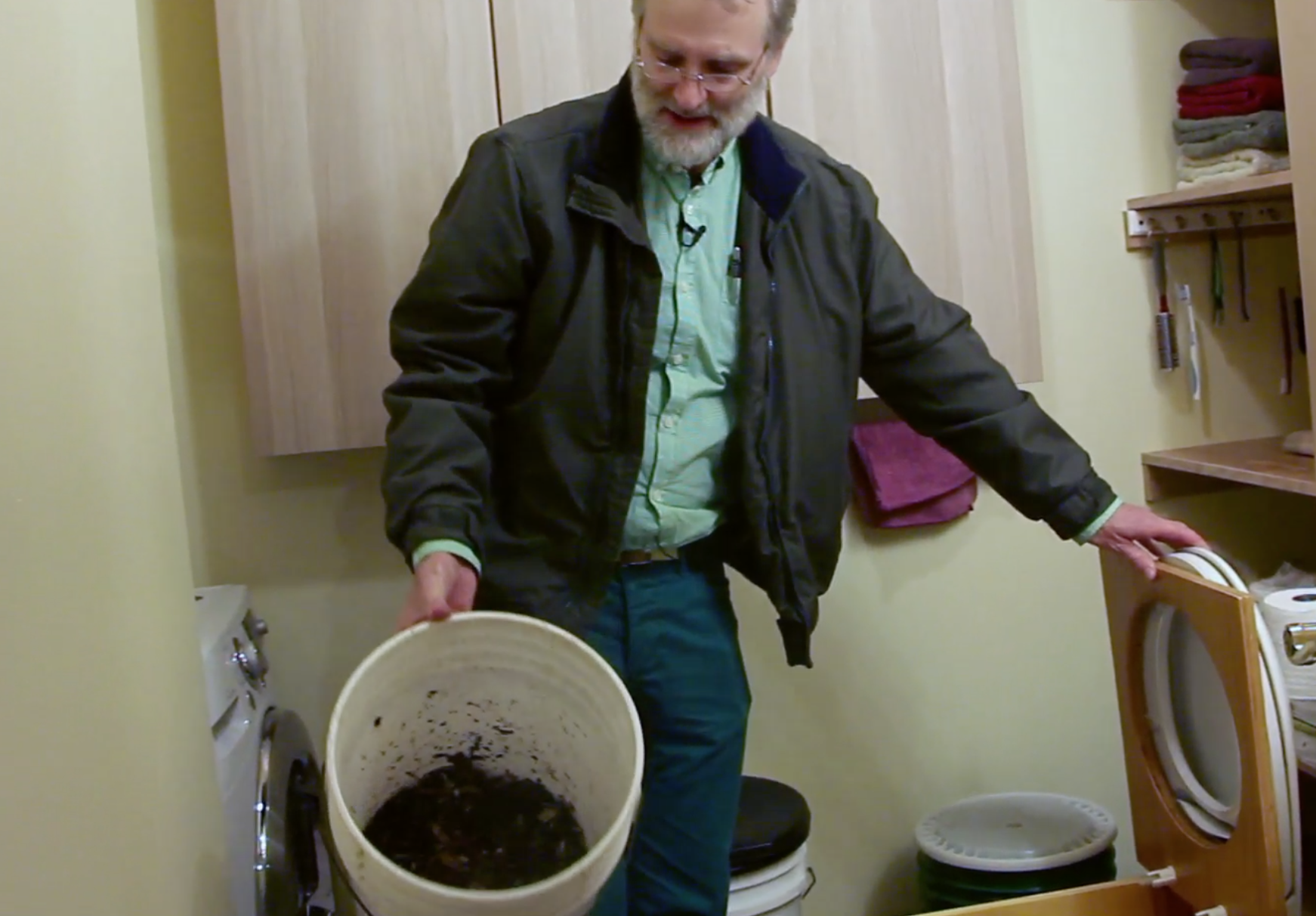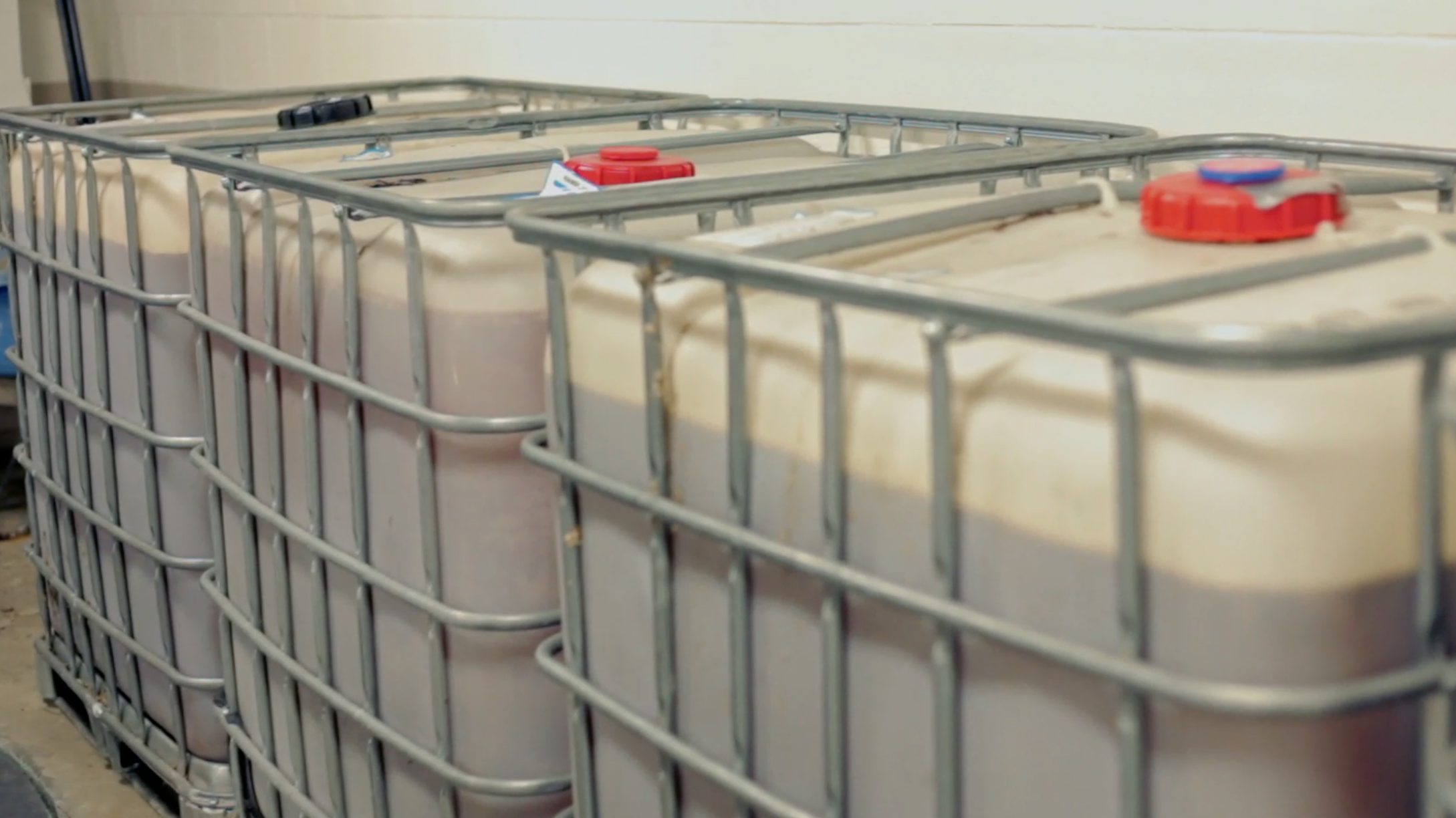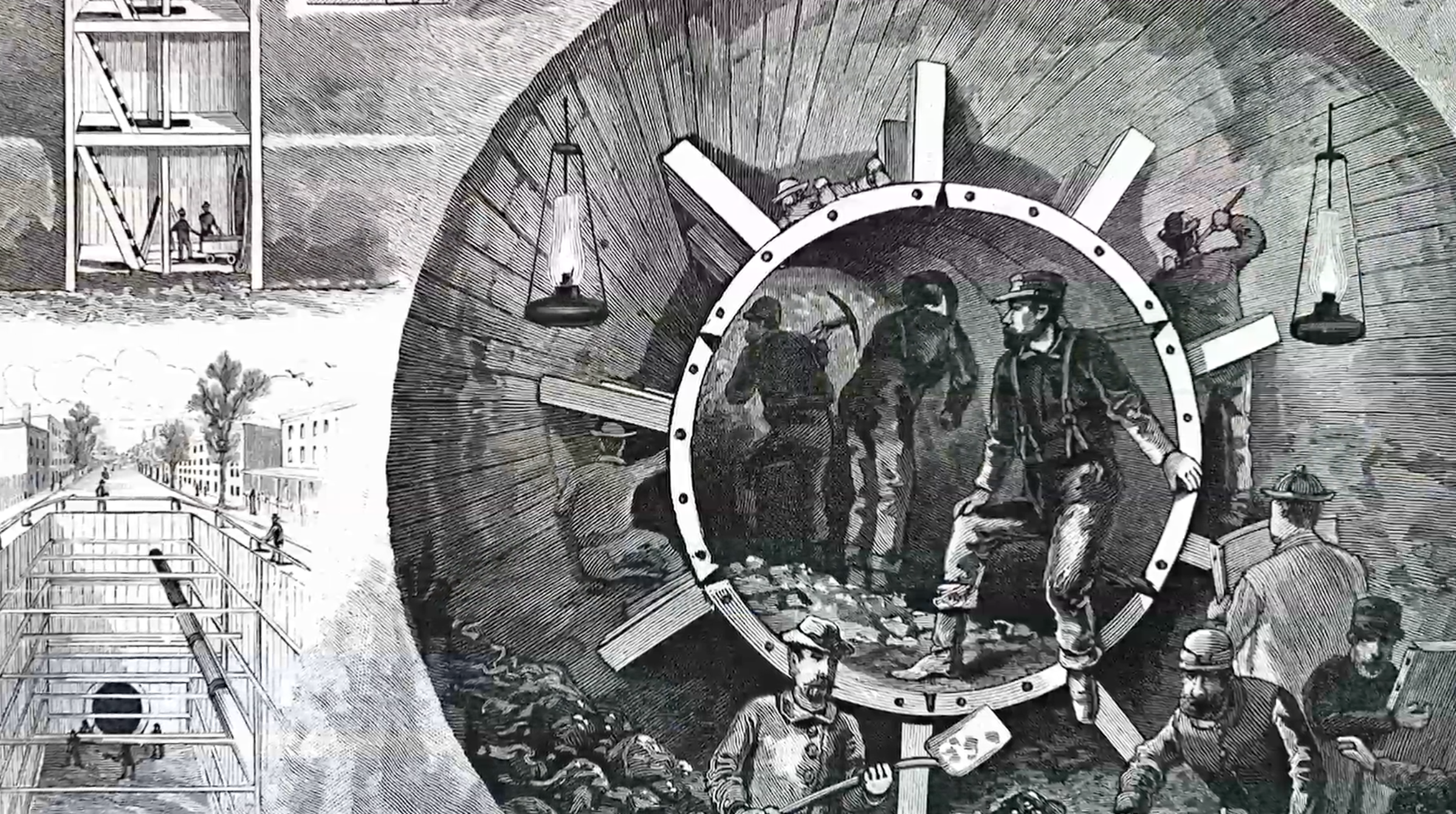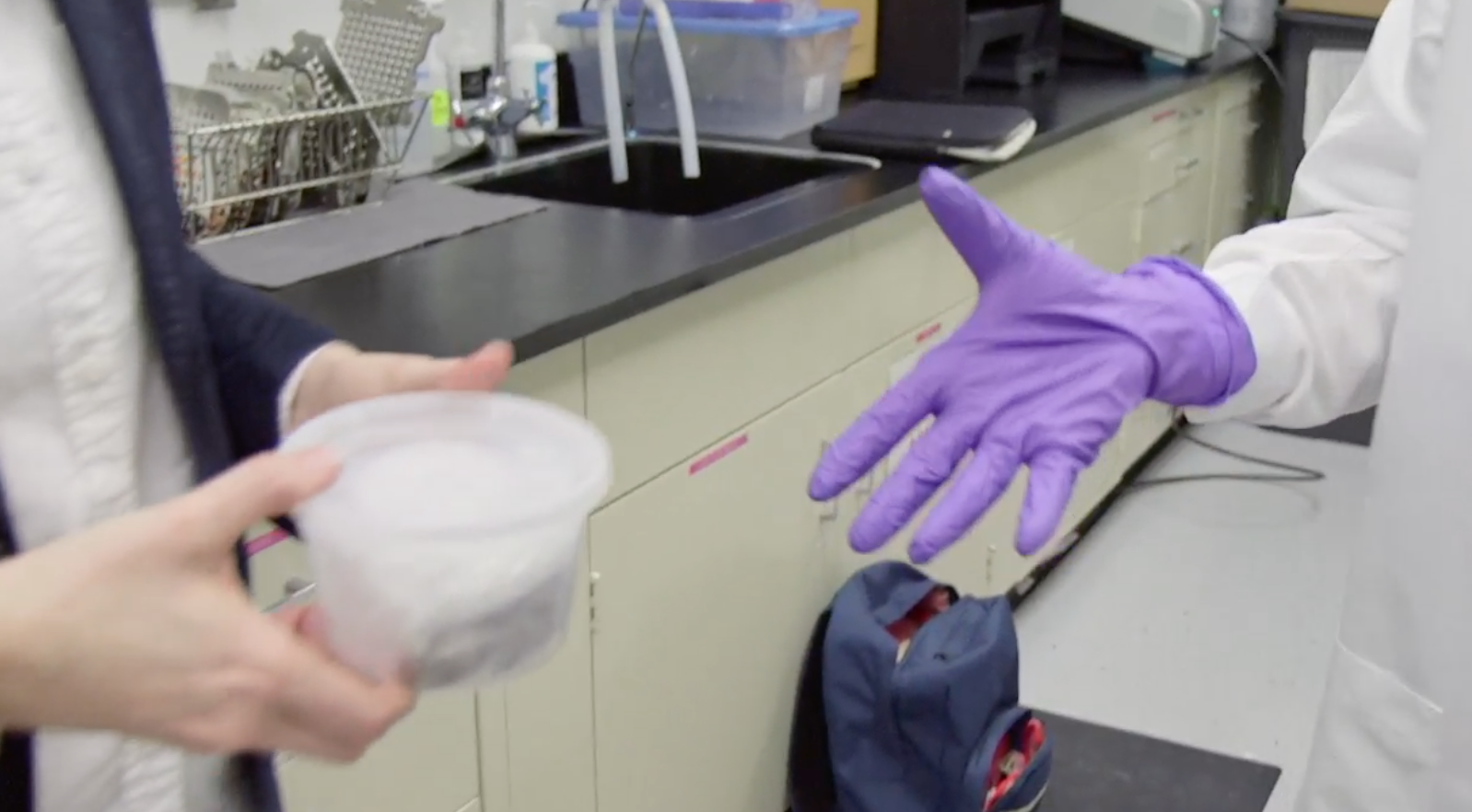Fast Facts from Flush
Adjusted for inflation, that’s almost $700!
The urine one person produces annually contains enough fertilizer to grow nearly a whole year’s supply of food. These same nutrients released as effluent cause toxic eutrophication in coastal waterways.
According to clinical child psychologist Dr. Tom DuHamel, approx. 4-6 million children in the US are struggling with chronic or long-term constipation. The numbers are growing so quickly that, after seeing a 30% increase in cases from 2008 to 2009, Johns Hopkins Children’s Center formed the Chronic Constipation Center.
Fecal transplants have been clinically shown to be the most effective method of curing persistent C. diff infections, and there are promising results for many other digestive and auto-immune disorders. Yet the medical community is still under-informed, and treatment over-regulated, preventing most patients from accessing this therapy.
Many cultures have deities and folks characters assigned to poop and toilets, including the Aztec Tlazolteotl, the German dukatenscheisser or dukatenkacker, Japanese kawaya-no-kami, and ancient Roman Cloacina. More on toilet gods in Wikipedia. The American toilet deity is coming soon...
Averaging 1.5 gallons per flush, Americans flush over 1.2 trillion gallons of clean, drinkable water every year. The cost? Five billion dollars.
According to the EPA, 40 million US residents in 32 states suffer regular overflows of raw sewage due to Combined Sewer Overflows (CSOs). The 850 billion gallons of raw sewage that overflows each year degrades ecosystems, endangers public health and violates the Clean Water Act's goals of fishable, swimmable waters.
Americans flush up to $4.2 B in precious metals every year.
Every week, New York produces nearly 500 truckloads of biosolids--that is, treated sewage sludge that meets the EPA pollutant and pathogen requirements for land application and surface disposal. About 7 million tons of biosolids, or treated waste, come out of US wastewater facilities every year.
Just over 100 years ago, New York City fertilized its own food in a self-contained nutrient cycle. “Night soil” was valued at $35 per year, per person in 1873. Adjusted for inflation, that’s almost $700!
